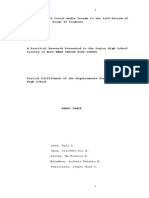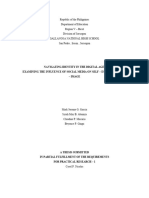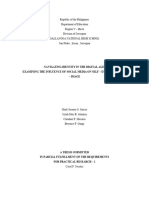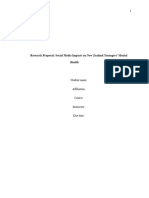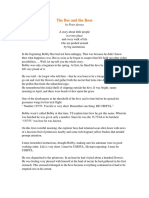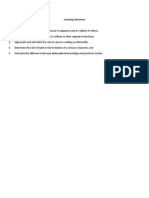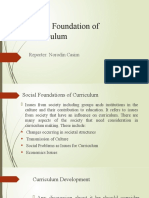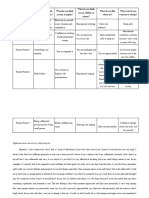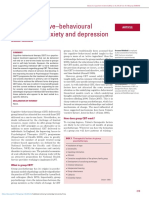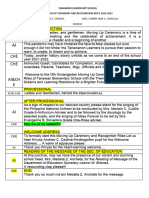0% found this document useful (0 votes)
20 views7 pagesSocial Media's Influence On Adolescent Self-Esteem: Patterns and Perceptions
This study explores the complex relationship between social media usage patterns and self-esteem in adolescents, utilizing both quantitative and qualitative methods. It aims to provide insights into how frequency, duration, and content of social media engagement impact self-esteem, highlighting the role of social comparison. Preliminary findings indicate that increased social media use correlates with lower self-esteem, particularly influenced by the type of content consumed.
Uploaded by
prince15012006Copyright
© © All Rights Reserved
We take content rights seriously. If you suspect this is your content, claim it here.
Available Formats
Download as PDF, TXT or read online on Scribd
0% found this document useful (0 votes)
20 views7 pagesSocial Media's Influence On Adolescent Self-Esteem: Patterns and Perceptions
This study explores the complex relationship between social media usage patterns and self-esteem in adolescents, utilizing both quantitative and qualitative methods. It aims to provide insights into how frequency, duration, and content of social media engagement impact self-esteem, highlighting the role of social comparison. Preliminary findings indicate that increased social media use correlates with lower self-esteem, particularly influenced by the type of content consumed.
Uploaded by
prince15012006Copyright
© © All Rights Reserved
We take content rights seriously. If you suspect this is your content, claim it here.
Available Formats
Download as PDF, TXT or read online on Scribd
/ 7






